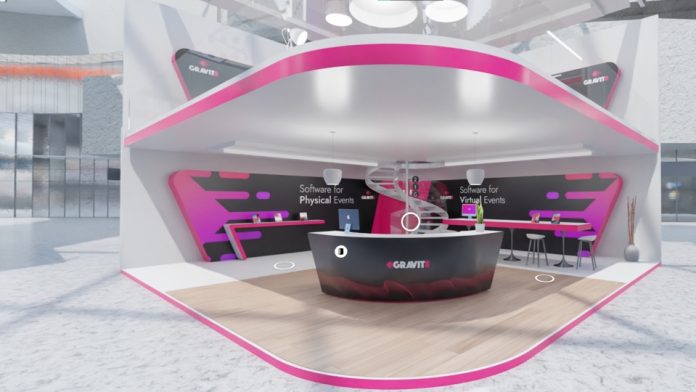Virtual and Hybrid Exhibitions: Revolutionizing Exhibition Stand Design for the Digital Era
The events landscape has evolved significantly, with virtual and hybrid exhibitions becoming the new norm. This shift has transformed the role of the exhibition stand builder, requiring innovative solutions to bridge the gap between in-person and online audiences. By integrating cutting-edge technologies like augmented reality (AR) and virtual reality (VR) into physical exhibition stands design, businesses can create immersive, interactive experiences that captivate both types of attendees. This article explores how exhibition stand builders are adapting to these changes, strategies for creating cohesive hybrid experiences, and the benefits of embracing this exciting digital transformation.
The Rise of Hybrid Events
Hybrid events combine the best of both worlds: the energy of in-person gatherings with the global reach and convenience of virtual platforms. As trade shows and exhibitions increasingly adopt hybrid models, the demand for innovative trade show displays that cater to dual audiences has surged. This paradigm shift has created an opportunity for exhibition stand designers to rethink traditional layouts and incorporate elements that enhance both physical and virtual engagement.
Integrating Virtual and Augmented Reality into Exhibition Stands
Virtual Reality (VR):
VR allows attendees to explore products, services, or environments without physical constraints. Exhibition stand builders can create VR experiences that simulate tours, product demonstrations, or factory visits. These immersive experiences captivate in-person visitors while allowing virtual attendees to interact remotely. For example, a car manufacturer could offer a VR test drive directly from their exhibition stand design. Onsite attendees could wear a VR headset, while online participants join through a digital platform for a shared experience.
Augmented Reality (AR):
AR enhances physical displays by overlaying digital elements, such as 3D models, animations, or interactive content, onto real-world objects. Visitors can use smartphones or AR glasses to engage with these features, creating memorable and educational interactions. For instance, a furniture retailer could use AR to show how products would look in different home settings. These engaging elements not only attract foot traffic but also keep online participants invested.
Strategies for Creating Cohesive Hybrid Experiences
Design for Dual Audiences
Hybrid exhibitions require flexible exhibition stand designs that work equally well for in-person and virtual visitors. Builders should focus on creating open, visually appealing layouts that translate effectively on camera. Features like live-streaming screens and interactive kiosks can connect onsite and online audiences.
Incorporate Interactive Features
Interactive trade show displays, such as touchscreens, AR apps, and virtual product configurators, are essential for engaging hybrid attendees. These features allow visitors to explore content at their own pace, increasing retention and lead generation.
Focus on Seamless Technology Integration
Reliable technology is key to a successful hybrid event. Ensure that all digital components, such as live streams, VR experiences, and AR displays, are well-tested and easy to use. Exhibition stand builders can collaborate with tech providers to deliver flawless user experiences.
Use Data Analytics for Continuous Improvement
Hybrid events generate valuable data about visitor interactions. Using analytics tools, exhibitors can track engagement levels, identify popular features, and refine future trade show displays for better results.
The Benefits of Hybrid-Ready Exhibition Stands
Adapting to hybrid and virtual exhibitions offers several advantages for businesses. Hybrid exhibitions allow companies to connect with a global audience, expanding their reach beyond physical attendees. Innovative technologies like AR and VR captivate audiences, keeping them engaged longer and boosting brand recall. Digital elements reduce the need for printed materials and physical displays, aligning with eco-conscious trends. Hybrid-ready exhibition stand designs are future-proof, making it easier for businesses to adapt to changing event formats.
Conclusion
As the events industry continues to embrace digital innovation, the role of the exhibition stand builder has evolved. By integrating AR, VR, and other interactive elements, businesses can create compelling trade show displays that captivate audiences in both physical and virtual spaces. These hybrid solutions not only enhance engagement but also position companies at the forefront of the digital age. Whether you’re planning your next trade show or looking to revamp your exhibition strategy, adopting hybrid-ready designs is the key to success in this new era of connectivity. Partner with an experienced exhibition stand builder to bring your vision to life and make a lasting impression on your audience, wherever they may be.




















